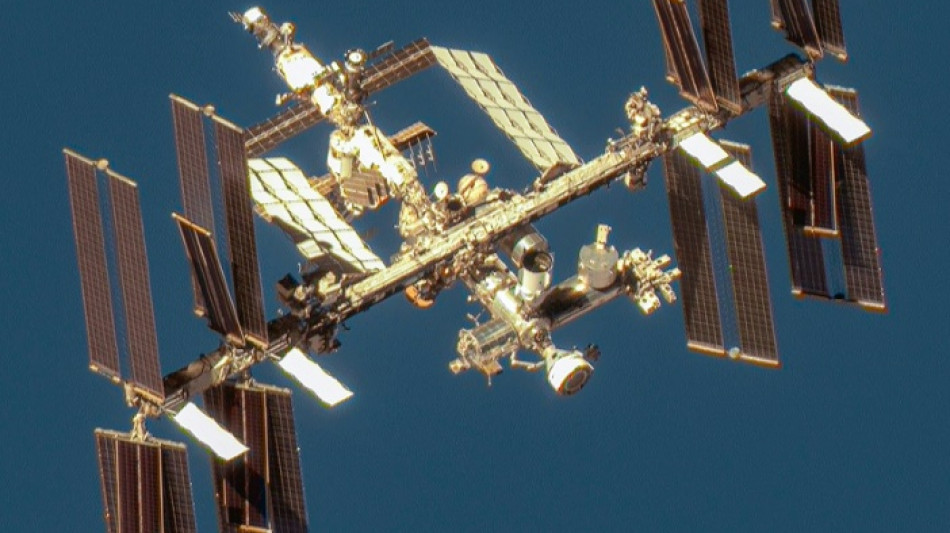
SCS
0.2300


What was meant to be a weeklong trip to the International Space Station (ISS) for the first NASA astronauts to fly with Boeing could extend to eight months, with the agency considering bringing them home on a SpaceX spaceship.
A final decision on whether to persist with Boeing's Starliner -- which experienced concerning propulsion system problems as it flew up to the orbital platform in June -- is expected later this month, officials said Wednesday in a call with reporters.
Detailed planning is already under way with Boeing's rival SpaceX, owned by Elon Musk, to potentially launch their scheduled Crew-9 mission in September with just two astronauts rather than the usual four.
The Crew Dragon capsule would then be able to return to Earth with Starliner's crew of Butch Wilmore and Suni Williams.
Steve Stich, program manager for NASA's Commercial Crew Program, revealed that there had been intense discussions on the best way forward, with Boeing expressing confidence in its spacecraft after carrying out ground testing to replicate the technical issues seen in space.
"I think the NASA community in general would like to understand a little bit more of the root cause and the physics," he said.
Notably absent from the briefing were representatives from Boeing, heightening the perception of a rift.
On August 2, the company released a blog update stating it "remains confident in the Starliner spacecraft and its ability to return safely with crew."
- Design flaws -
NASA and Boeing have been conducting tests at the White Sands Testing Facility in New Mexico to better understand why some of Starliner's thrusters experienced a loss of power as it approached the ISS, and why it sprung several leaks of helium, used to pressurize the propulsion system.
Stich said the latest analysis of why the thrusters failed pointed to a "poppet" valve swelling and choking the flow of fuel, as well as overheating causing some fuel to vaporize.
Officials previously said the helium leaks might be due to the use of undersized seals.
NASA's Ken Bowersox, associate administrator for NASA's Space Operations Mission Directorate, insisted that returning with Starliner remained the "prime option."
However, if Wilmore and Williams return with SpaceX, it would mark the biggest setback to date for Boeing's space program, as the aerospace giant continues to reel from the safety crisis affecting its commercial jets.
Both Boeing and SpaceX were awarded multibillion-dollar contracts in 2014 to provide the US space agency with rides to the ISS, with SpaceX succeeding in 2020 and carrying dozens of people since.
Boeing's program, by contrast, has faced numerous delays amid setbacks ranging from a software bug that put the spaceship on a bad trajectory on its first uncrewed test, to the discovery that the cabin was filled with flammable electrical tape after the second.
The crewed test itself experienced two aborted launch attempts that came as the astronauts were strapped in and ready for liftoff.
J.P.Estrada--TFWP